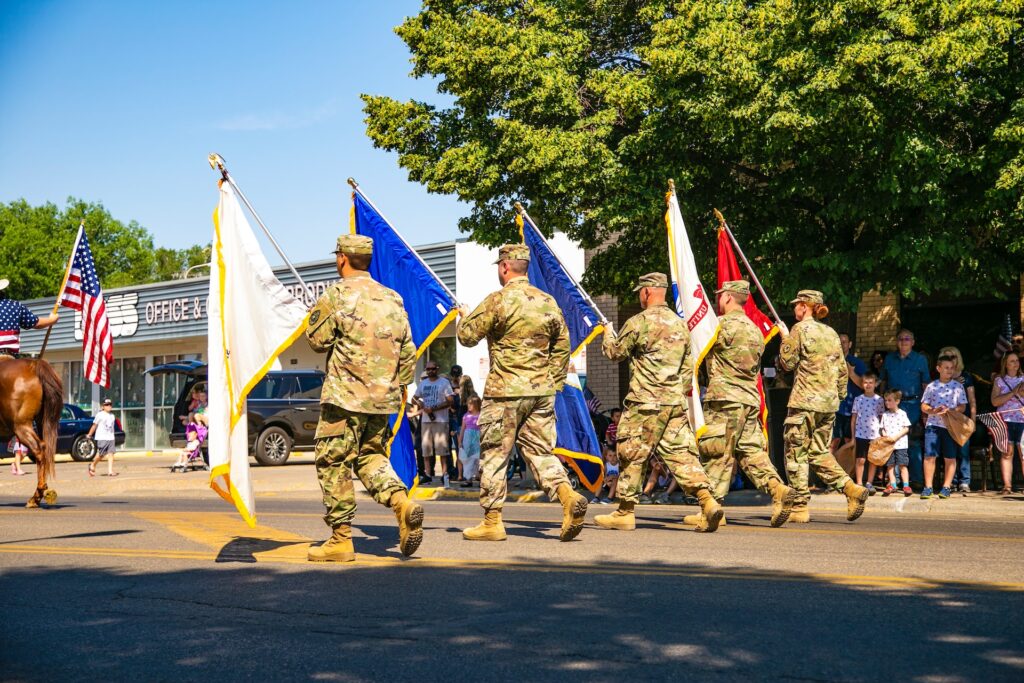How to Qualify for Both Medicare and Medicaid

Are you 65 now (happy birthday!), or will you be soon? If yes, you’ve probably had retirement on your mind, but don’t forget to leave a smidgeon of room for some thought about Medicare and Medicaid. It might be you! It’s one of the benefits for seniors over 65. You’ve probably heard of the programs […]
A Guide To OIF Veterans’ Benefits

An OIF veteran is someone that has served in the U.S. military during the Operation Iraqi Freedom (OIF) conflict. Read on to learn more about these veterans and their specific concerns. What is an OIF Veteran? OIF veterans are enlisted military personnel that served in the Operation Iraqi Freedom (OIF) campaign of 2003. The conflict […]
OEF Veteran – Benefits and Eligibility

The United State Government launched the OEF in response to the 9/11 terrorist attacks and primarily focused on combating terrorism in Afghanistan. OEF veterans played a vital role in the mission to dismantle terrorist networks, remove the Taliban from power, and support establishing a stable democratic government in Afghanistan. As a result of their service […]

